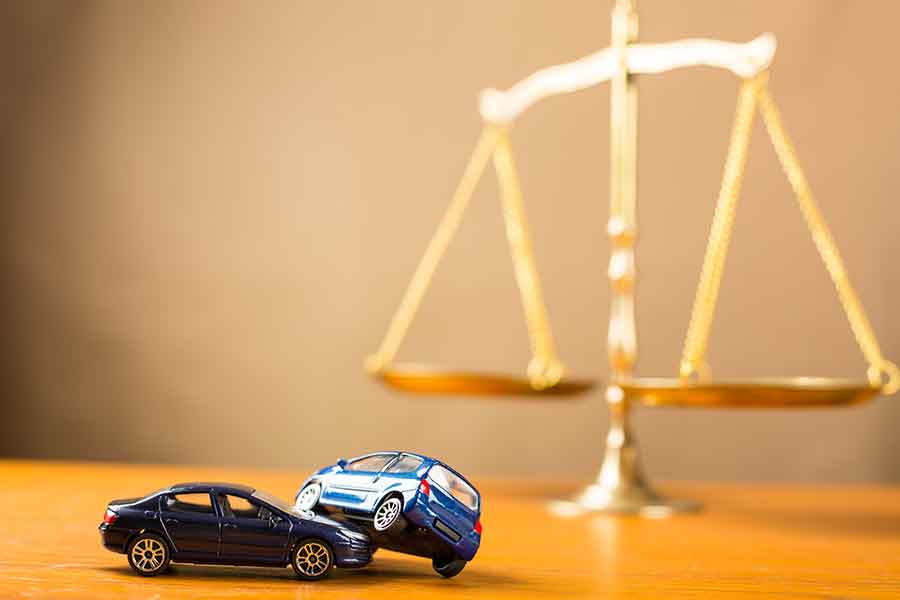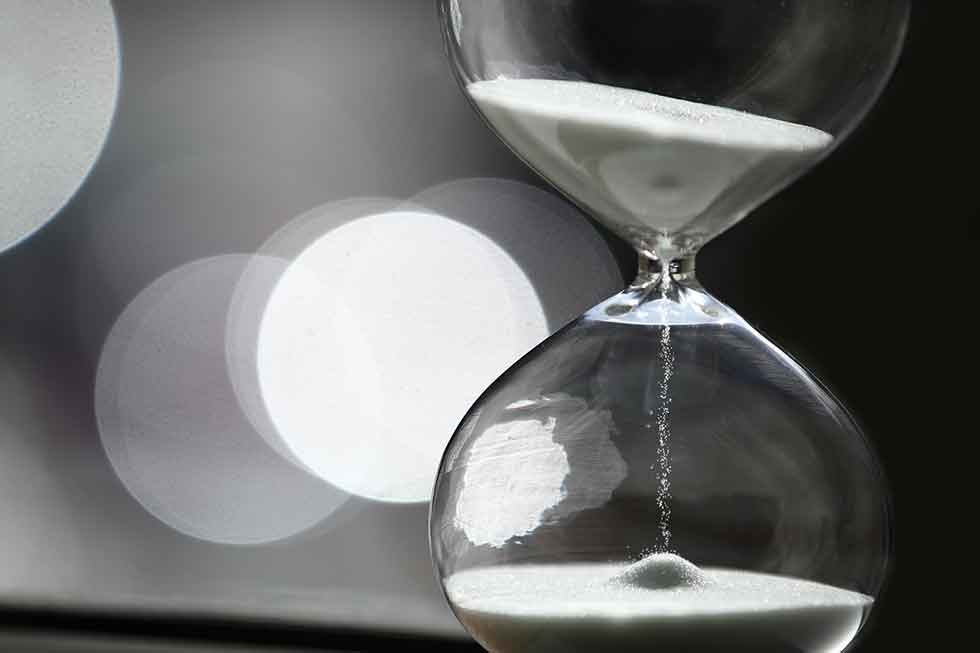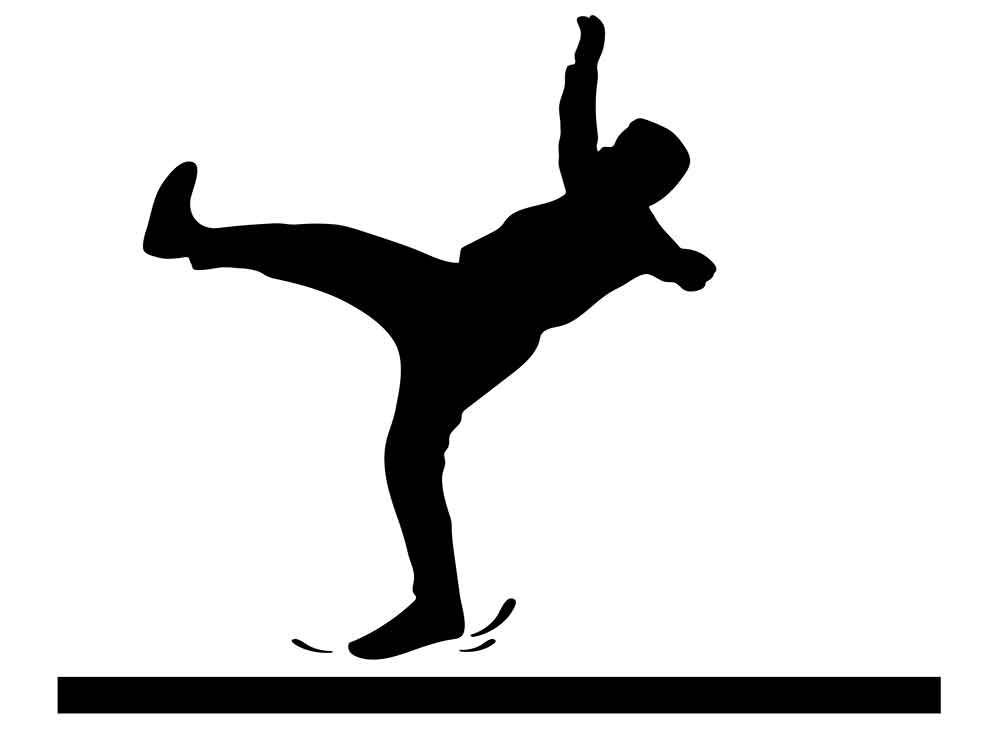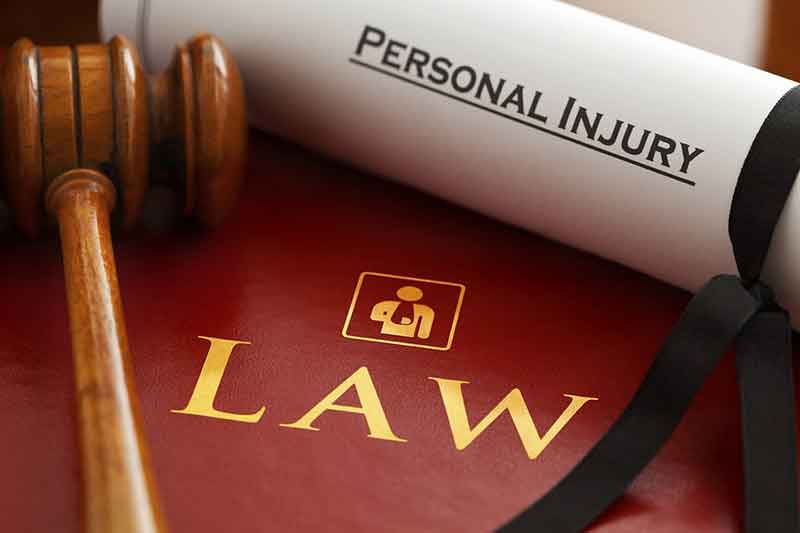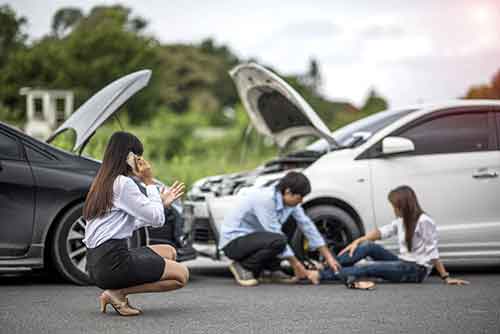 Truck Accidents
Truck Accidents
Why Are Accidents Involving Semi Trucks Common in Riverside?
Jan 16, 2018 | Read Time: 2 minutesHelp with Riverside Commerical Vehicle Accidents Semi-truck accidents are a small minority of total motor vehicle accidents in the United States. State and federal regulations passed over the last few decades reduced the number of semi-truck accidents that occur. But when these accidents do happen, they are twice as likely to be fatal. Unfortunately, Riverside and the greater Inland Empire area sees more than its fair share of commercial truck accidents. The manufacturing and agricultural industries make Riverside a popular destination for the import and export of goods. Semi-trucks transport a majority of these goods. Riverside’s populous but sprawled population creates traffic congestion with more drivers on the roads. Riverside is also the meeting place for three major freeways: Interstate 215, State Route 60, and State Route 91. Because of these factors, Riverside has a reputation as a hotbed for 18-wheeler and commercial truck accidents. Find out how to protect yourself from a Riverside semi-truck collision. Common Causes of Semi Truck Accidents Commercial truck drivers are usually some of the best drivers on the road. Yet, when a truck driver causes an accident, the consequences can be serious and often fatal. Some of the common reasons for semi-truck accidents in Riverside include: Driver fatigue. Truck driver fatigue causes about a third of commercial truck accidents. Drivers sometimes skip breaks or mandated rest periods to meet deadlines or get home to their families. Distracted driving. Texting, talking on the cell phone/CB radio, listening to loud music, or eating may distract truck drivers. Speeding. 18-wheelers take a long time to slow down or come to a complete stop when moving at a high rate of speed. This makes speeding a very dangerous behavior for commercial truck drivers. Truck drivers sometimes speed to meet strict delivery timelines. Equipment Failure. Trucking companies are responsible for the proper maintenance and care of their vehicles. When companies neglect truck maintenance, truck drivers may experience several issues. These include tire blowouts, faulty brakes, and other malfunctioning equipment. Any of these issues can lead to an accident. Poor training and/or driving practices. Safely operating a semi-truck requires training and experience. Therefore, poorly trained and inexperienced truck drivers are more likely to cause an accident. Finding a commercial vehicle accident lawyer in Riverside When a truck driver causes an accident, both the driver and the trucking company may be responsible for the financial, physical, and emotional damages that result. Unfortunately, insurance companies that represent trucking companies are very skilled at minimizing payouts to truck accident victims. If you are in a semi-truck accident, be sure to consult with a personal injury attorney before accepting any offers or settlement from an insurance company. Involved in an 18-wheeler Truck Accident? Call a California Personal Injury Attorney. If you or a loved one was injured in a commercial truck accident, you may be entitled to compensation. The Beliz Law Firm will fight the big corporations to protect your rights and interests. Contact our office in Long Beach, California to schedule your free initial consultation and case review.
Continue Reading
